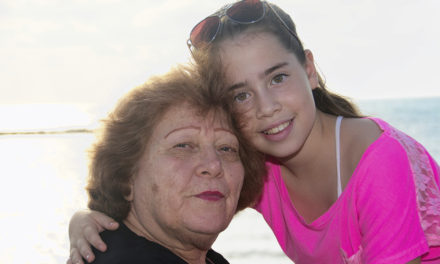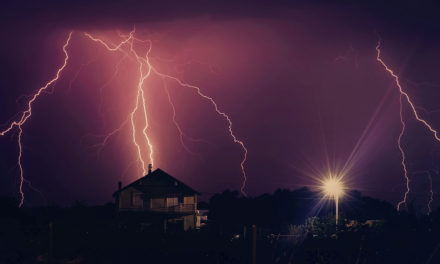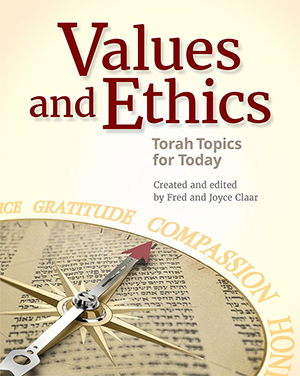KEDOSHIM —
It’s easy to look up the street and see that the grass is a little greener at a neighbor’s. Maybe they have a new car or their kids are wearing the newest fashion. You wish you could have those niceties. It’s often much harder to look the other way, down the street or, perhaps, across town, to see how your grass might look greener to so many others. Your car may not be the newest, but it’s a solid, safe car that runs; your kids are comfortable. Though it may be hard to see at times, we all have abundant blessings, and even a surplus, if only we could notice it.
As we think about finding small surpluses, let us turn to this week’s Torah portion, Kedoshim. This week we learn how to harvest our fields. We are told to leave the corners unharvested, and we are told that we cannot go back to collect any produce that we dropped along the way. We learn that we leave this produce in our fields so that those less fortunate – those without fields of their own – will have food to eat and a little livelihood. It is remarkable that there is no minimum size field for leaving this gleaning; the assumption is that any landowner can always spare a little.
This lesson from the Torah helps us to look at what we have and see the corners we could leave unharvested. Can we give a little more money to tzedakah? Can we donate barely used outgrown clothes or sports equipment? Can we forgo a new purchase and give a little more to those who are less fortunate? Or how about putting a few extra cans in the cart at the grocery store each visit, saving up our own gleanings for a food bank?
TALK TO YOUR KIDS about the value of giving to those who are less fortunate.
CONNECT TO THEIR LIVES:
- Where do you have a surplus in your life?
- How might you use this surplus to help others?
- Why is it sometimes hard to see the abundance of your blessings?
By Rabbi Judith Greenberg
Values & Ethics—Through a Jewish Lens is created by Fred and Joyce Claar to bring the wisdom of Judaism into family discussions.






